In today’s fast-paced business world, managing risk is not just necessary; it plays a crucial role in influencing an organization's ability to meet its goals. Welcome to Enterprise Risk Management (ERM) - a disciplined, structured approach that helps identify, assess, manage, and monitor potential risks that could hinder or propel an organization towards its objectives. But how does strategic planning fit into this picture? It acts as the backbone, supporting and enriching the ERM process, ensuring that risks are managed and aligned with the organization's strategic goals. This post will dive deep into the symbiotic relationship between strategic planning and ERM, showing how they coexist and thrive, steering any organization toward success. Let's start unraveling this relationship.
The Role of Strategic Planning in ERM
At its heart, strategic planning sets the direction and outlines an organization's steps to move forward. It’s the master plan that shows where an organization wants to go and how it plans to get there. When you integrate strategic planning into ERM, you ensure that every identified risk directly links to strategic objectives, making ERM a defensive mechanism and a strategic tool.
Aligning Risk with Objectives
The first step in merging strategic planning with ERM is to make sure you evaluate every identified risk in terms of its impact on the organization's strategic goals. This alignment ensures the focus of ERM is always on the bigger picture, prioritizing risks based on their potential to derail or enhance strategic objectives. It transforms ERM from a purely operational task to a strategic partner.
Proactive Risk Management
Strategic planning brings a forward-looking perspective to ERM, emphasizing the anticipation of risks before they become problems. This proactive approach ensures the organization always stays a step ahead, with strategies in place to mitigate risks before they impact the strategic path. By incorporating foresight into ERM, organizations can navigate uncertainties with greater confidence.
Enhancing Decision Making
Merging strategic planning into ERM improves the decision-making process. With a clear understanding of the organization's strategic objectives, decision-makers can better weigh the risks and benefits of different actions. This integration ensures decisions always consider both short-term and long-term objectives, making ERM a cornerstone of strategic decision-making.
Building a Resilient Organization
The intersection of strategic planning and ERM is where you forge organizational resilience. By aligning risk management with strategic goals, organizations not only withstand setbacks but also adapt and thrive in the face of challenges. Let’s explore how a well-crafted approach can build resilience.
Identifying Opportunities
Strategic planning in ERM isn’t just about mitigating risks; it’s also about spotting opportunities that align with the organization's goals. This dual focus ensures ERM is not solely defensive but also opportunistic, seizing potential risks to find new growth paths and innovation opportunities.
Continuous Improvement
The dynamic nature of strategic planning means the approach to ERM is constantly evolving. The risk management approach must adapt as organizational goals shift and external conditions change. This continuous assessment, adjustment, and improvement cycle ensures the organization remains resilient, agile, and aligned with its strategic vision.
Cultivating a Risk-Aware Culture
Strategic planning and ERM together promote a culture that is aware of and responsive to risk. By integrating risk management into the strategic planning process, the importance of risk awareness elevates the organization. This cultural shift ensures everyone aligns with the risk management strategy, making it a shared responsibility.
The Path Forward
As we’ve seen, strategic planning and ERM are not separate entities but intertwined paths leading to organizational success. Integrating these disciplines ensures risk management is reactive and a strategic driver that aligns with and supports the organization's goals. Now, let’s look at how to advance with this integrated approach.
Implementing an Integrated Strategy
Starting with clear communication of the organization's strategic goals is essential for implementing an integrated ERM and strategic planning approach. From there, identifying, assessing, and managing risks in alignment with these goals ensures the approach is both practical and strategic.
Monitoring and Adjusting
With the business environment constantly changing, monitoring both the external landscape and the organization's internal dynamics is crucial. Regularly reviewing the strategy ensures it remains aligned with strategic objectives, adjusting as necessary to meet new challenges and seize new opportunities.
Conclusion
In conclusion, strategic planning and Enterprise Risk Management are essential for guiding organizations through uncertain times. By weaving strategic planning into ERM, organizations ensure risk management is not just a defensive tactic but a strategic enabler. This integrated approach allows for a nuanced understanding of risks, aligning them with strategic objectives and ensuring decisions balance caution and ambition. As organizations look to the future, merging strategic planning and ERM will be critical to success, resilience, and growth. The effort and adaptation required to integrate these disciplines are worth it, leading to a resilient, strategically aligned organization.









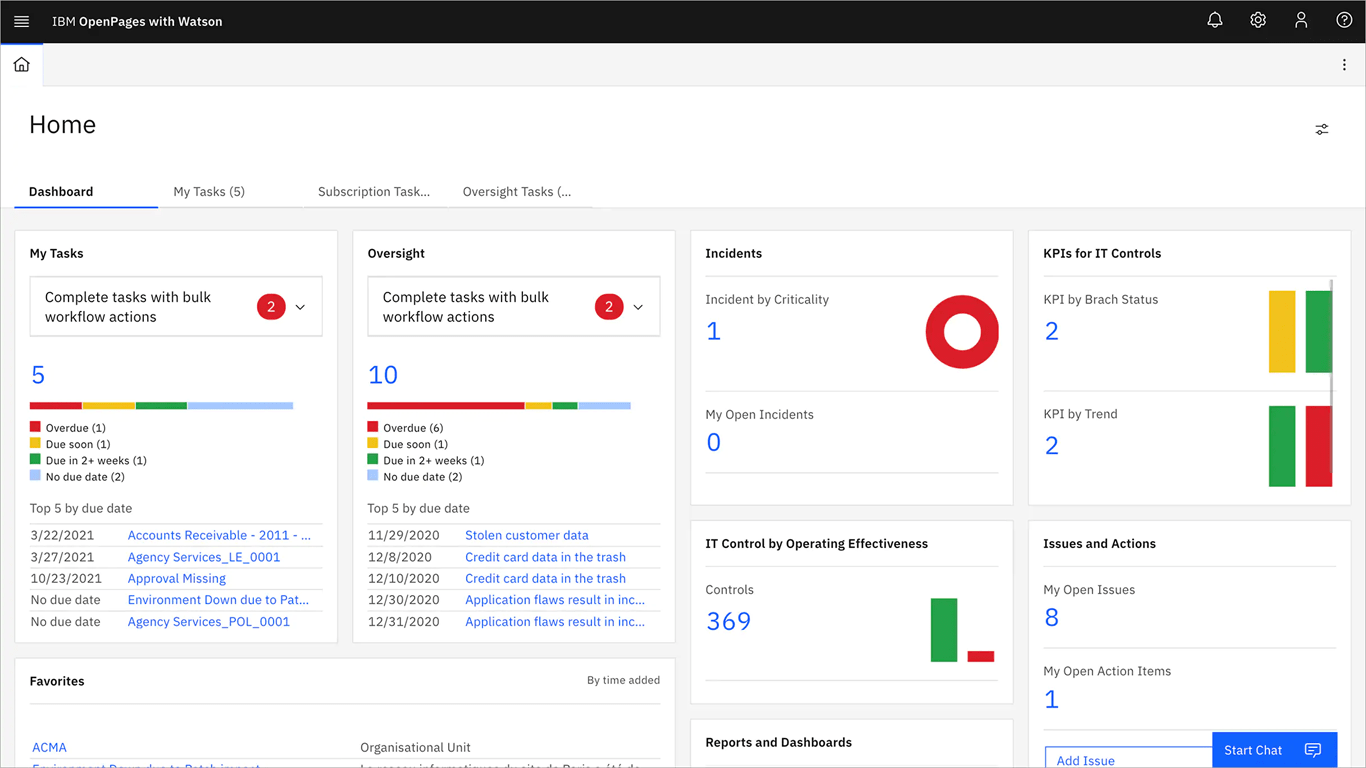



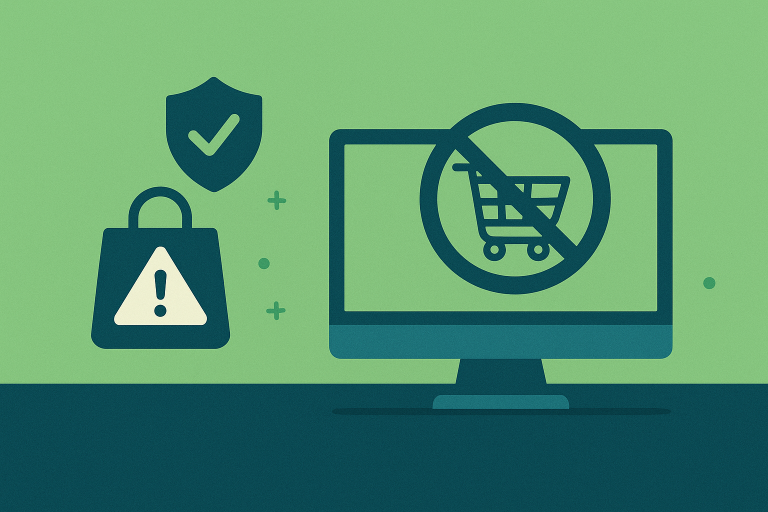





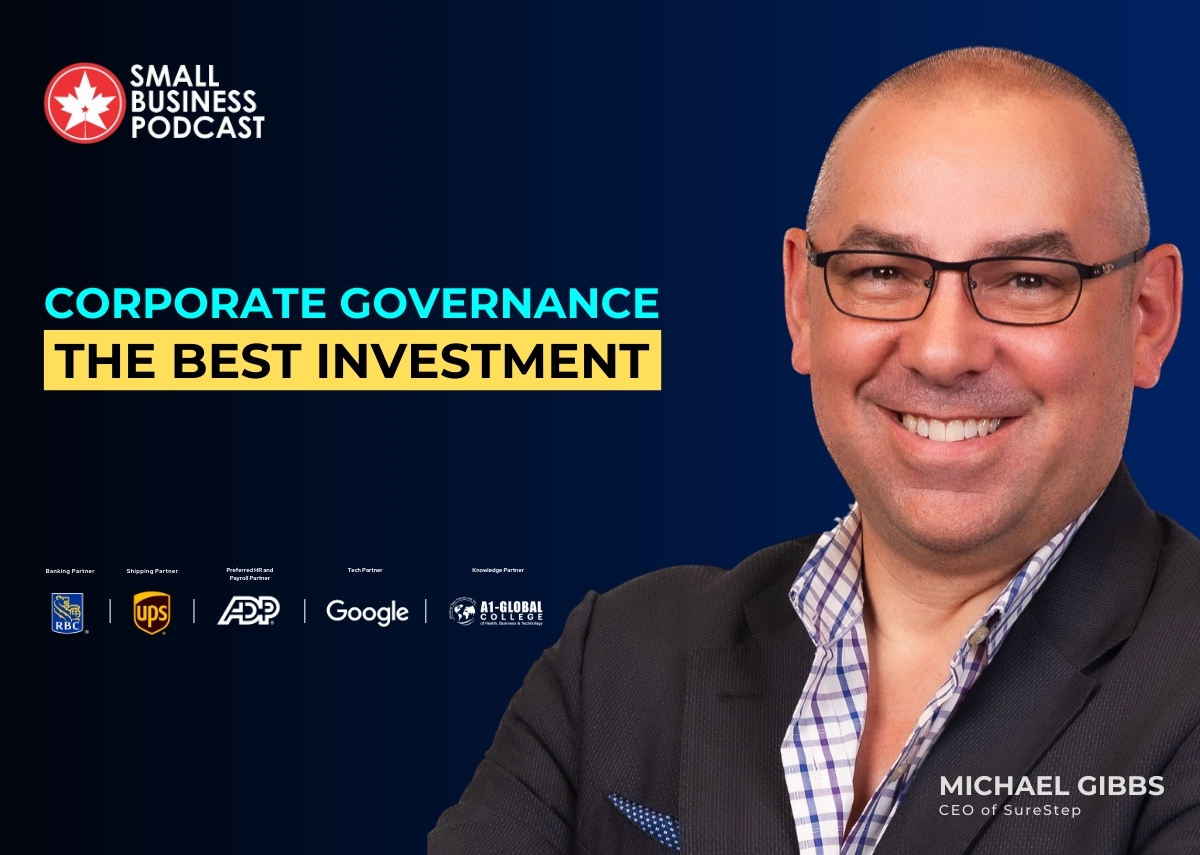

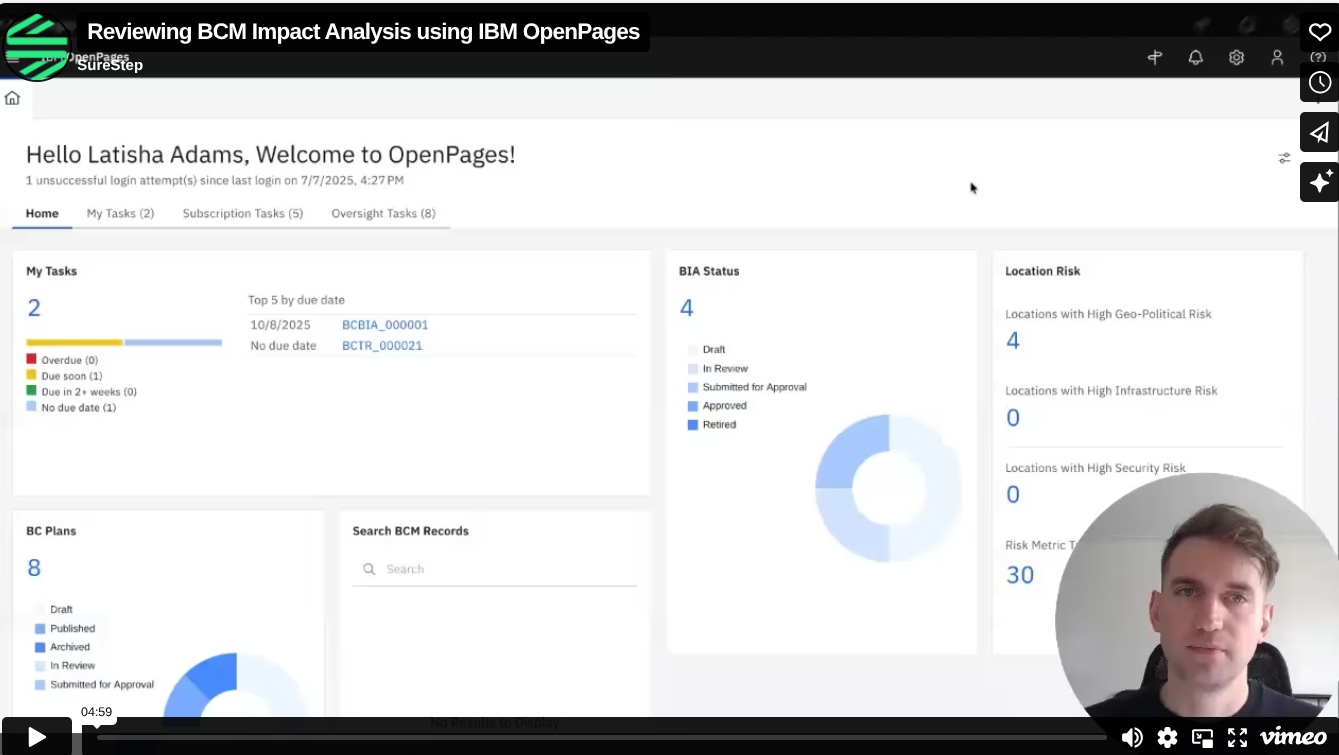






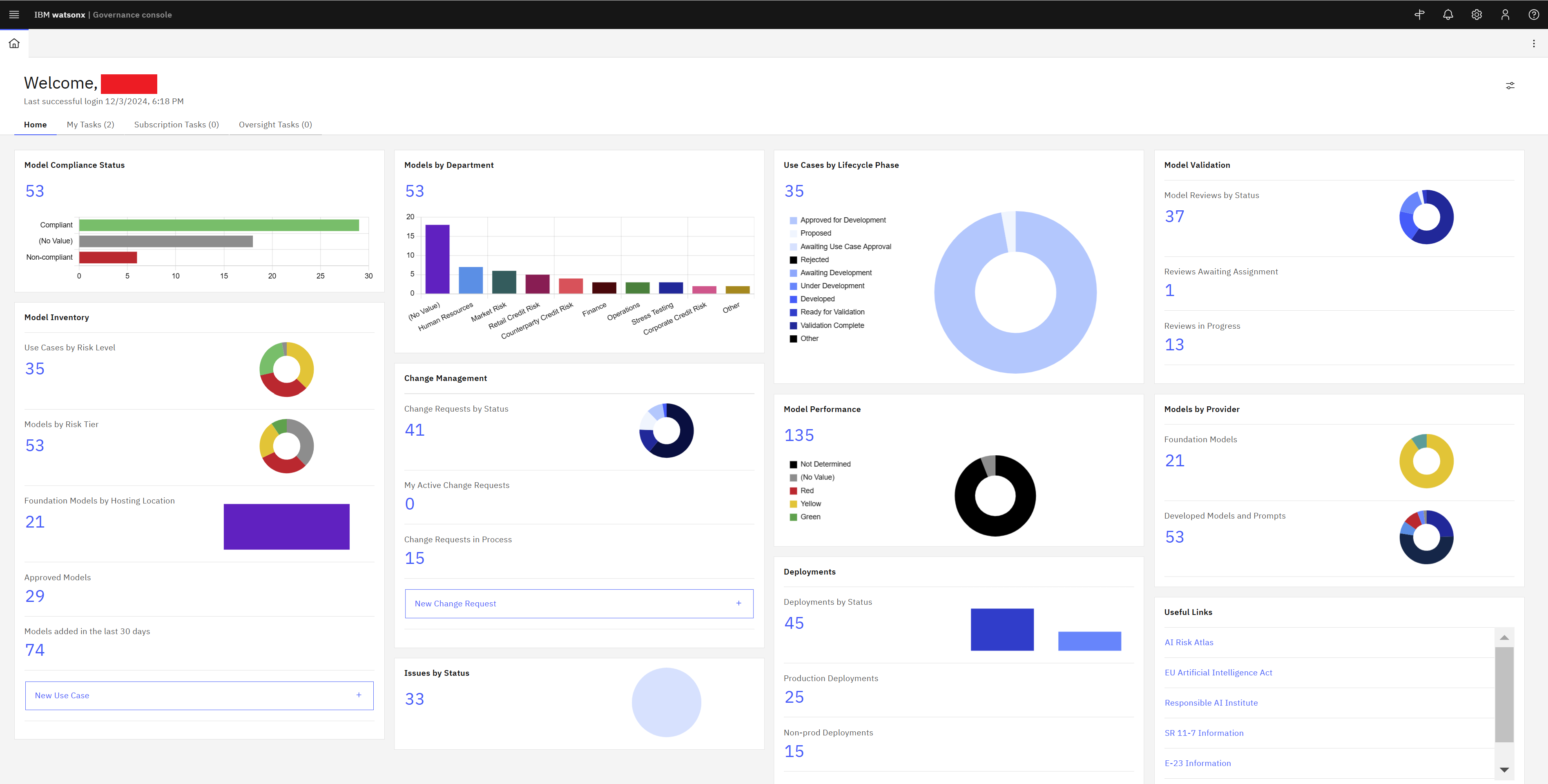

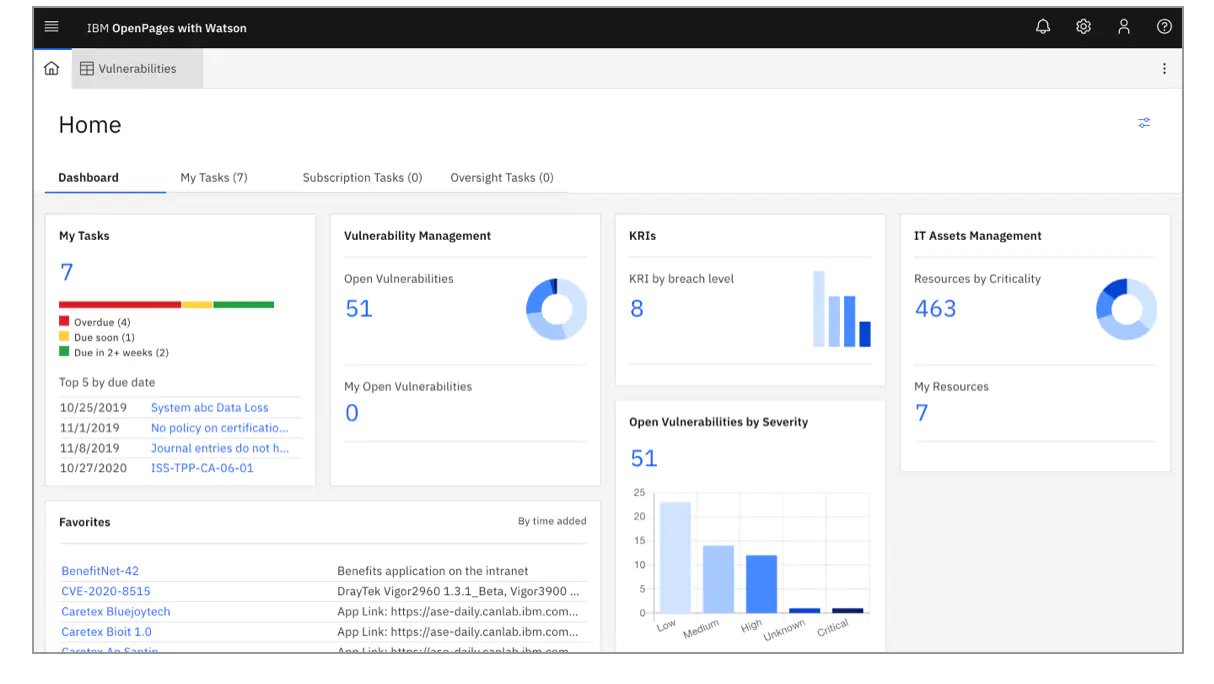
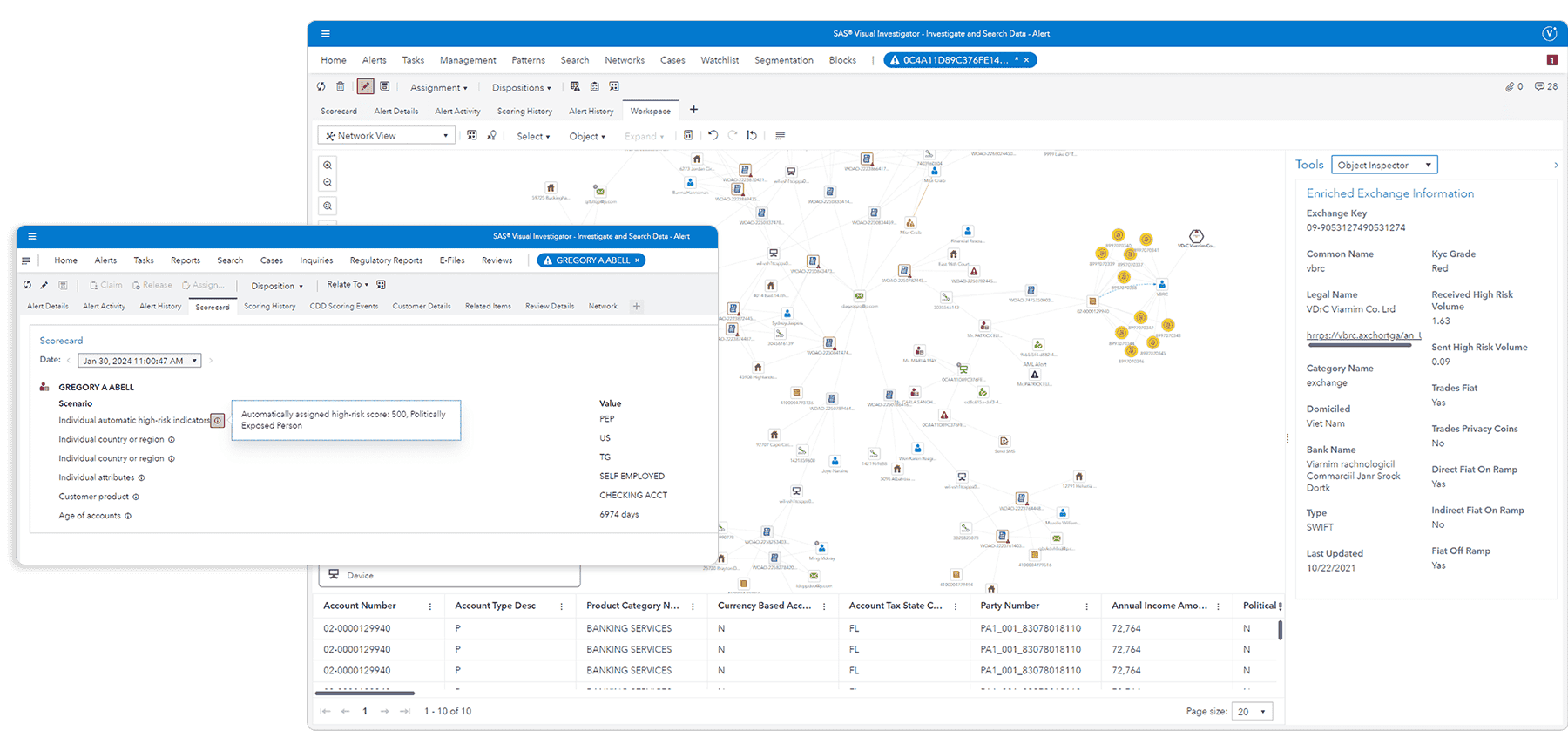







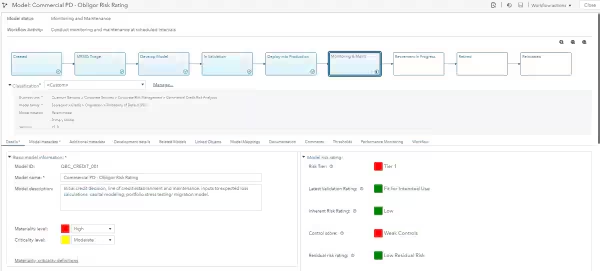









.webp)

-1.jpg)










.jpg)



























.jpeg)







